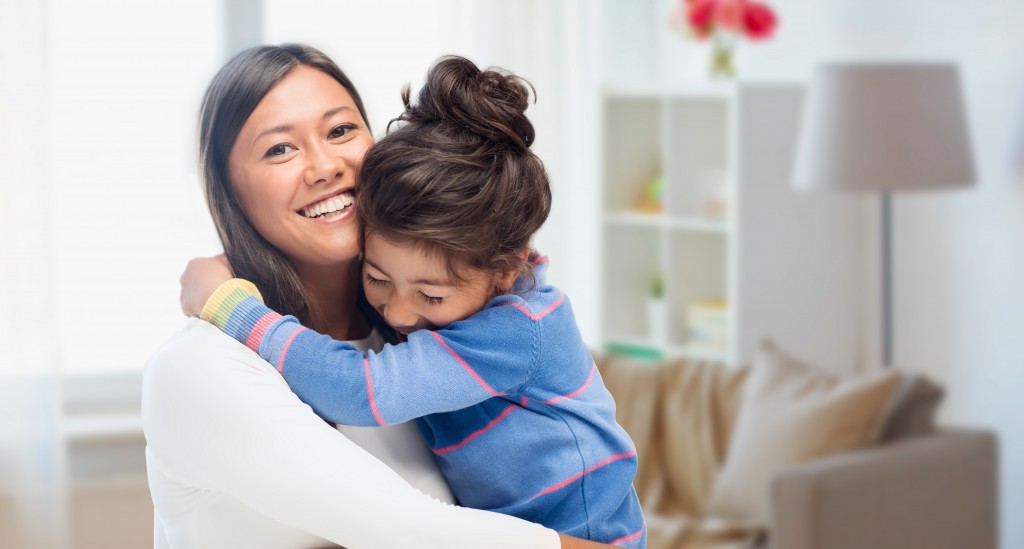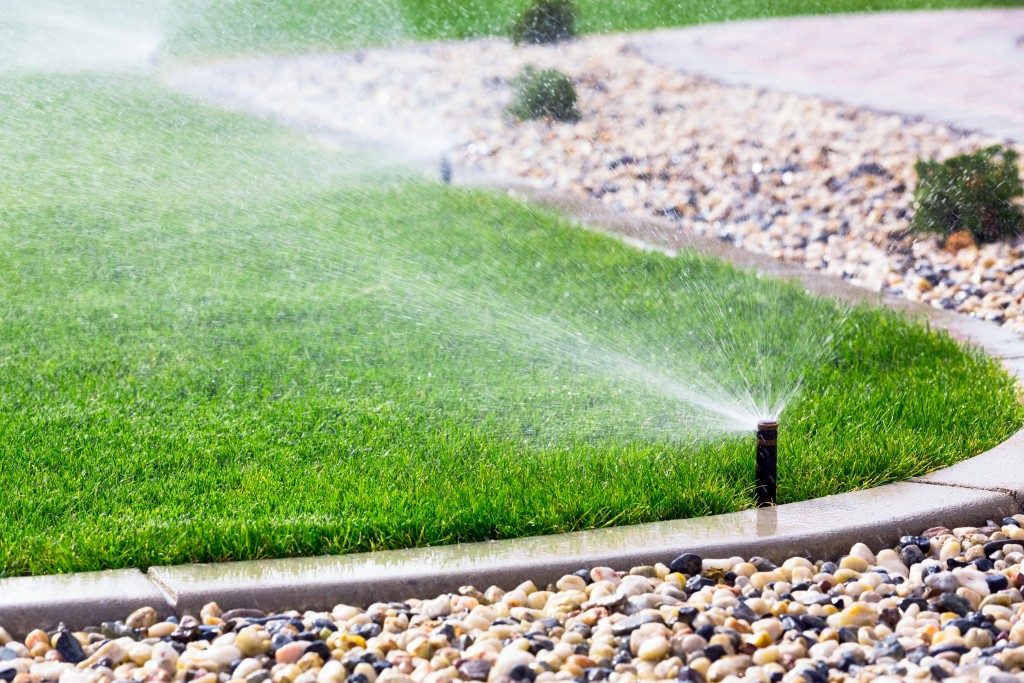Just like outdoor places, your home also contains things that can pose potential harm to children. When left unsupervised, children can have accidents and incur injuries, which is why it is important to make your house as kid-friendly as possible.
By taking the time to make changes and install protective features, you can have peace of mind, knowing that your kid will be raised in a safe and comfortable environment. Below are some tips to improve your home so that your child can play and explore within the safety of your premises.
Electrical Outlets
Children are inherently curious beings, especially in their early years when they have just started crawling or walking. This is the phase where they are motivated to test their senses and give everything a try, so it is not a surprise that they will also focus on cords and electrical outlets. Anything powered by electricity, used as a source or conductor, poses a danger. To protect your child, you must keep the wires and cables organized and out of reach. To do this, you can install safety switches and use power outlet covers.
Falls

Kids continuously grow, which means that their motor skills are still not fully developed, making them a little unstable. Given that, kids can easily trip and fall, making it easy for them to get into minor accidents.
To keep them safe throughout their toddler and childhood years, you should install window guards and baby gates to prevent them from crawling into unsafe spaces. Leaving your hall lights on, especially the ones near your comfort room, is also advised so that your little one can easily find their way without tripping whenever they need to go in the middle of the night.
Burns
Kids have tender and sensitive skin that is prone to sunburns. Still, they can also get minor burns inside your home, especially if you have heating appliances easily accessible to children. The key to your children’s safety is to keep your heaters, ovens, microwaves, and other appliances that have hot surfaces out of easy reach.
Besides these appliances, simple, innocuous hot baths can also pose potential dangers when the water temperature isn’t properly checked. By using an accurate thermometer, you can test your bathwater. If it comes out to be around thirty-seven to thirty-eight degrees Celsius, you can give your child a comfortable bath without hurting their skin. The same should also be done for hot food and drinks. Cooling their meals to a warm temperature is the safest and most comfortable way to enjoy their meals.
Allergies
Allergic reactions can be painful, irritating, and even life-threatening for your child. The best way to deal with allergies is to keep allergens out of your home. If your kid is allergic to dust, vacuuming regularly, wiping surfaces, and sending your sheets to your trusty dry cleaners will be enough to eliminate the allergens that can trigger their allergies. Also, stocking up on anti-allergy medication (prescribed by your pediatrician) is advised, especially if the symptoms get worse.
Furniture

Once your child starts crawling and running around, the next things that can cause them injury are your furniture. As a preventative measure, you should make sure that your furniture is sturdy and stable so that it will not easily tip over when bumped into. Most house furniture and fixtures are made with sharp corners and edges; instead of throwing them away for child-friendly ones, you can line their edges and pad their corners using foam and corner protectors. This way, your kid can play freely without the presence of anything harmful.
Child Equipment
Child equipment and accessories are things that your child directly uses, making it all the more important that you only use quality tested and approved ones. When buying things for your children, such as mattresses, chairs, toys, and bottles, you should make sure that they have passed child safety standards. These standards ensure that the products you’re using for your child contain no harmful chemicals, have no removable small parts (since these can easily be swallowed), and are nontoxic.
Tools and Household chemicals
House cleaning solutions contain chemicals, while tools used for repairs and gardening can have sharp and pointed tips, making both extremely harmful to children. To prevent accidents involving household tools and chemicals from transpiring, you should store them in a secure place that is out of sight and reach of children.
In Sum
Maintaining a safe home environment for your kids mostly depends on the things you use for your daily life, so by keeping your appliances and other home fixtures child-friendly, your kids can play and explore in a safe environment.









